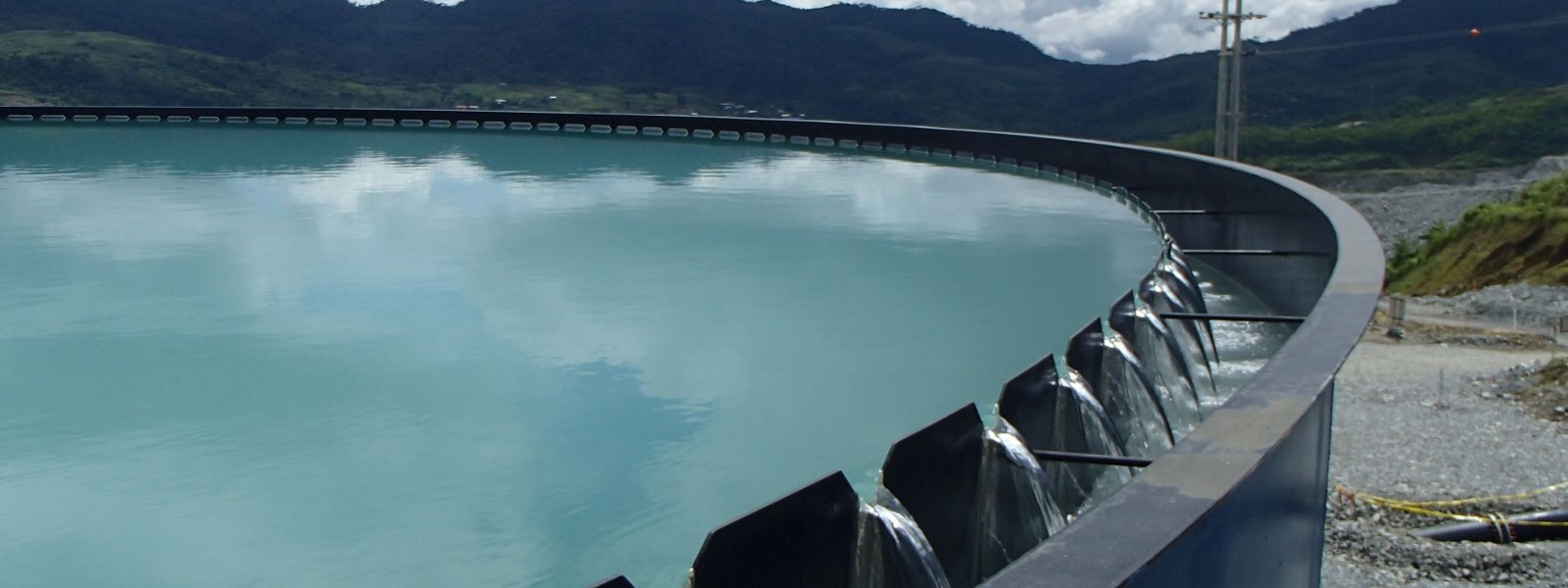The Kevitsa open-pit mine in northern Finland was acquired by Boliden in June 2016. The operation, which comprises a mine and a concentrator, went into operation in 2012. The Kevitsa deposit – first discovered in 1987 – is one of the largest ever mineral discoveries in Finland.
Background
The Kevitsa concentrator plant has significant variation in the feed ore grade and ore hardness, which results in a varying tonnage of nickel concentrate produced. This then results in varying feeds to the nickel concentrate thickener, making the thickener difficult to run.
Traditional PI controls at Kevitsa
Before the controller implementation project, the thickener had traditional PI control loops for bed pressure and underflow density. However, these controllers were very rarely used due to difficult controller tuning. According to site personnel, it was very challenging to tune the PI loops to achieve reactivity to production changes and long-term stability. The outcome was that most of the operators were running the thickener on manual, meaning that a lot of operator attention was needed when production conditions changed.
Traditional versus Advanced Control Tools (ACT)
Traditionally, thickener controls are implemented as single loop controllers in DCS/PLC systems. Single-loop PI controllers are not optimal for handling the behaviour of the thickening process. Slow response dynamics and cross-actions between the controlled variables make PI loops very challenging to tune, and compromises must be made between system robustness and the desired response speed.
The ACT Thickener Optimizer overcomes these limitations of traditional PI loops. The multivariable, model-based controller is fundamentally designed to handle processes with a multivariable nature and complex response dynamics. It also has the inbuilt ability to take into account the process constraints and support prioritization between controlled variables.
The Thickener Optimizer is built on the Outotec ACT platform. The controlled variables in the system are:
• Underflow density
• Overflow turbidity
• Thickener inventory level (bed pressure)
The controller manipulates the underflow pump speed and flocculant dosing rate. Information from the thickener feed line – the input flow rate and slurry density – can also be used as feed forward information when it is available. Rake torque is also taken into account so that control actions leading to critical rake loads are avoided.
